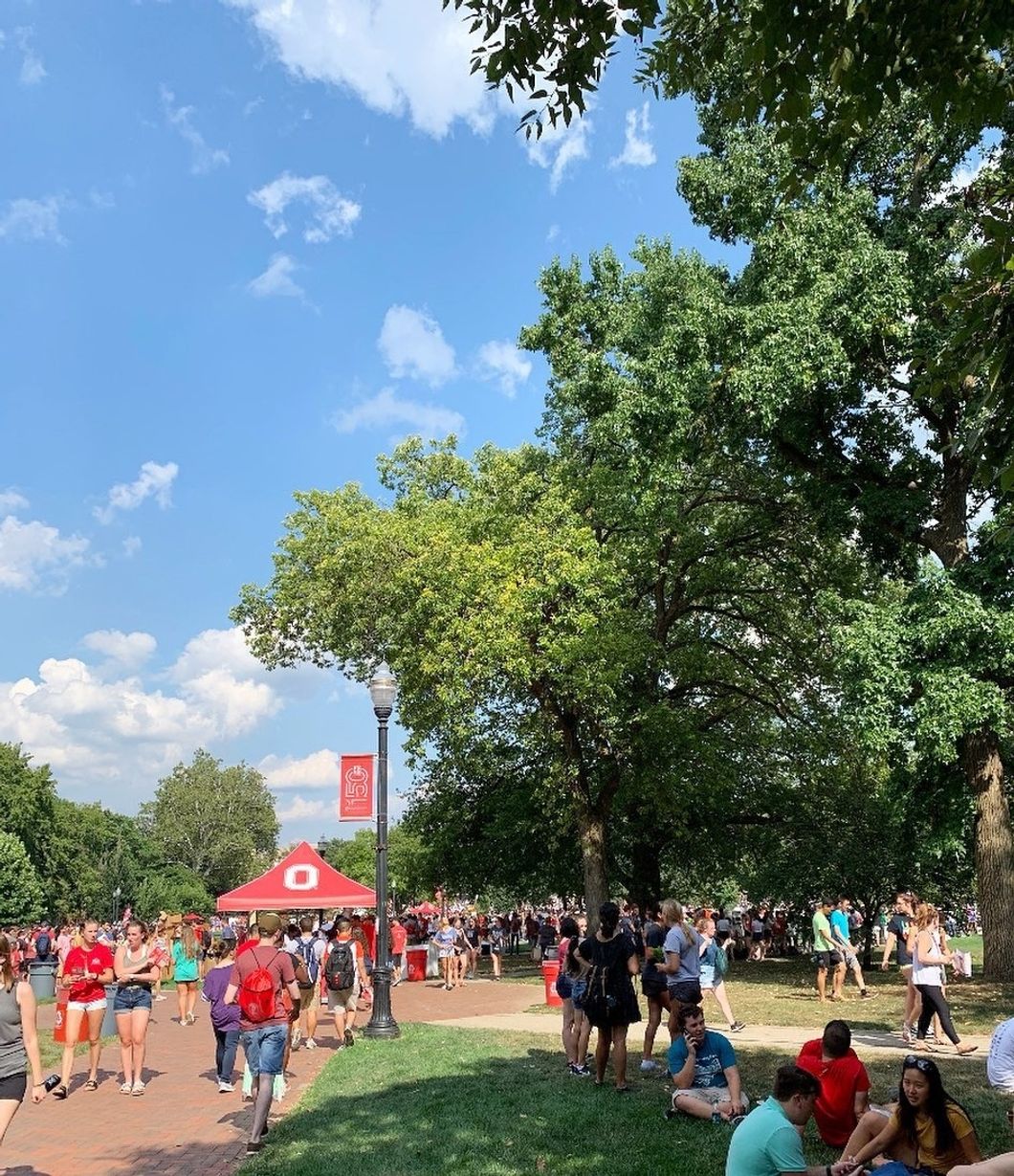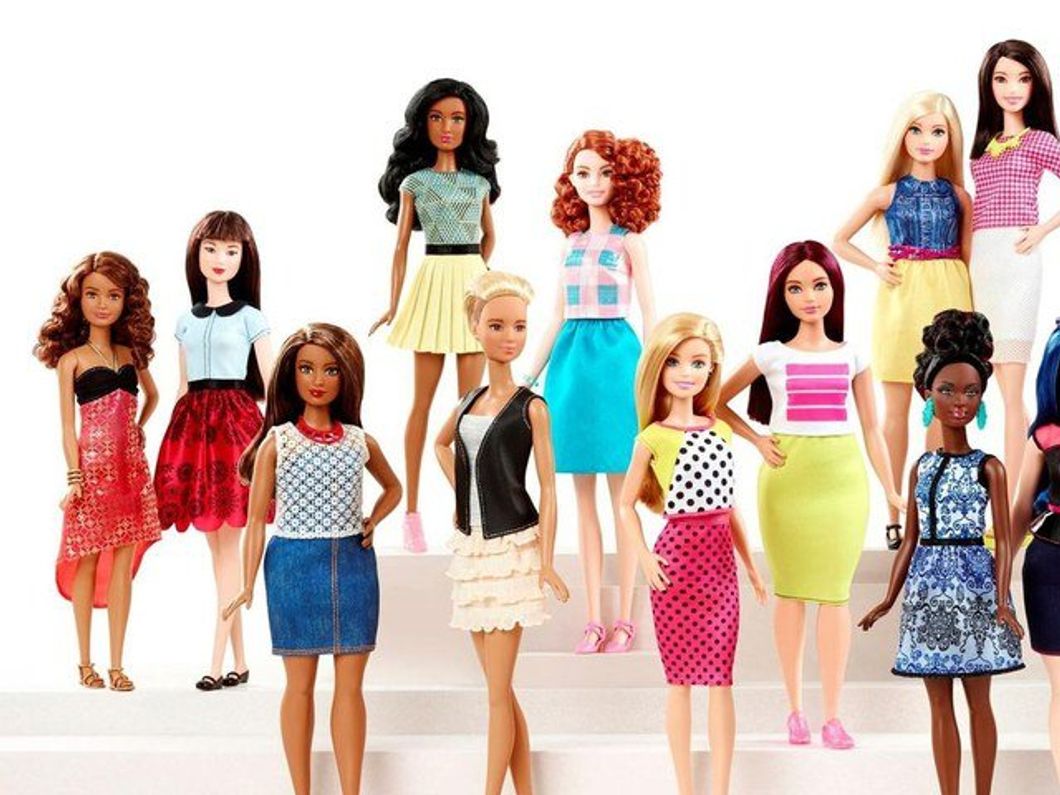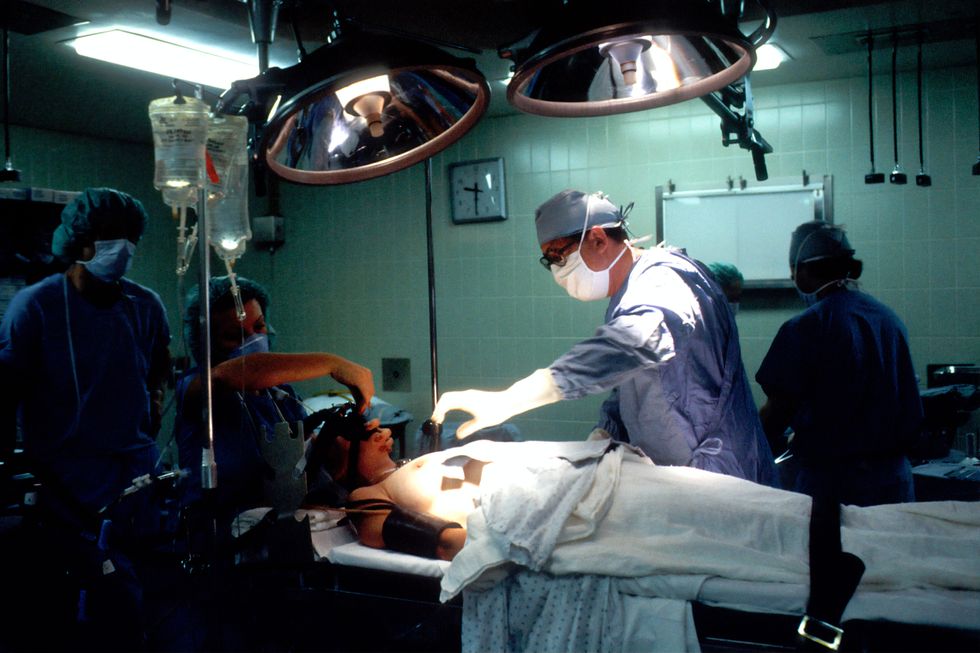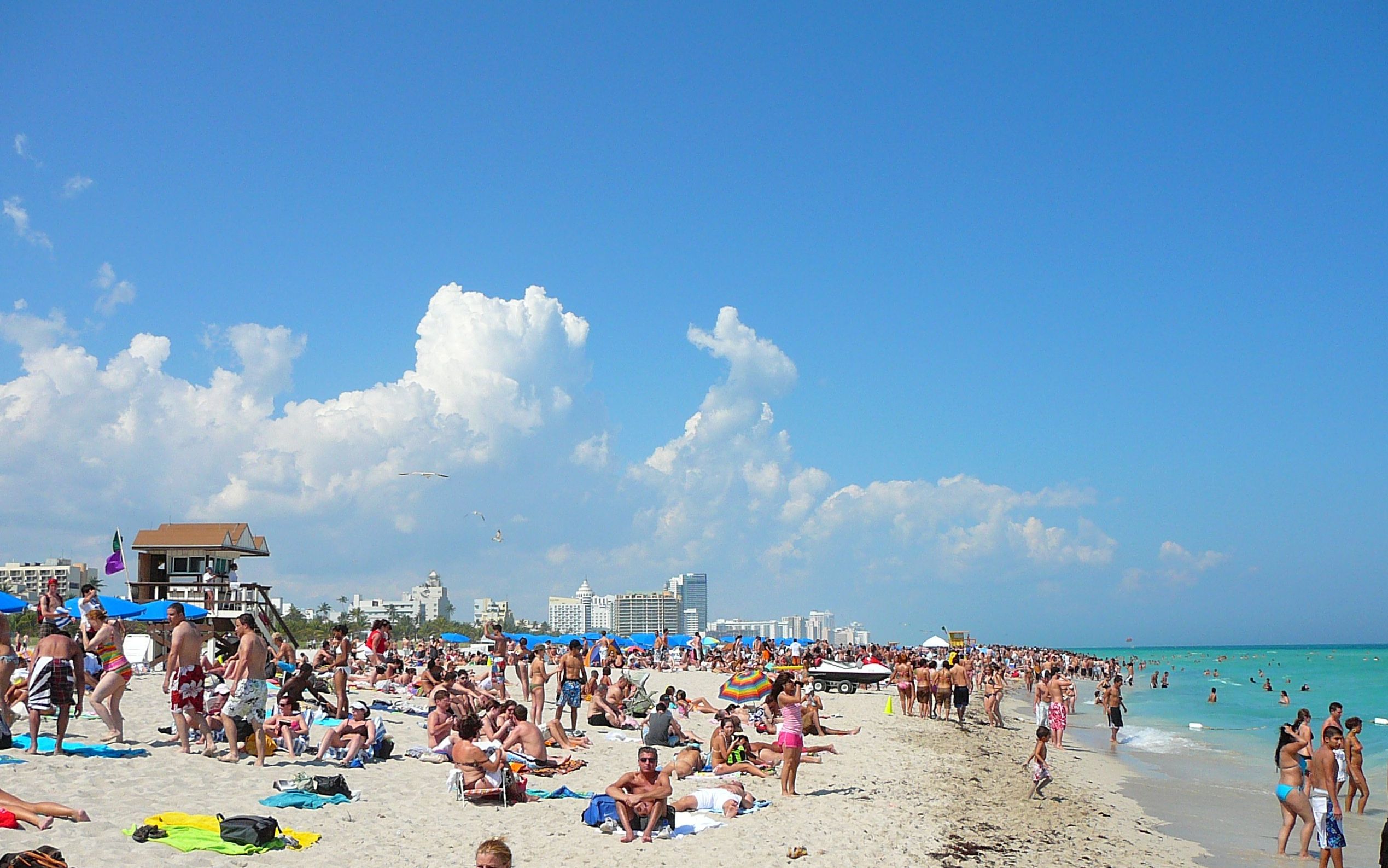On August 30th, The Ohio State University announced that they would be increasing the minimum wage of qualifying positions to $15 an hour. President Michael Drake tweeted the news, saying he was "[p]leased to share news of this initiative, which will be implemented across @OhioState in 2020." The policy is set to affect the wages of 4,800 workers, with roughly 1,000 of those being positions already paid at $15 an hour moving up to $16 per hour. OSU will also dedicate an additional $19 million into its employees, which will only expand the extensive economic impact the university has on the state of Ohio.
As an OSU employee and student, this news is absolutely fantastic. I want nothing more than to see OSU invest more into its employees and work to grow our local economy. The problem, however, is that the population of employees that needs raises like this the most has been completely ignored: student employees.
Students are at a huge risk for economic turmoil. A 2018 study found that many of these at-risk students are around in dangerous positions. Surveying 43,000 students across 66 schools, the researchers found that 36% of students are considered food insecure. That percentage rises to 42% if you look at two-year community colleges. As if worrying about eating isn't a big enough concern itself, the study also found that 36% of all students and 46% of students on community colleges are housing insecure. Many students (9% and 12% respectfully) reported being homeless in the past year.
Situations like these are incredibly hard for students and can drastically affect their grades. As said by Sara Goldrick-Rab, a professor of higher education policy at Temple University, "It really undermines their ability to do well in school. Their grades suffer, their test scores appear to be lower, and overall, their chances of graduating are slimmer. They can barely escape their conditions of poverty long enough to complete their degrees."
OSU students are not exempt from these worries. In fact, a look at poverty in Ohio shows exactly how grave the situation is. The Ohio Poverty Report (released in February of 2019) gives an incredibly detailed report:
- An estimated 1,583,000 people in Ohio were poor — that was 14% of all persons for whom poverty status was determined, and a poverty rate slightly greater than the national rate of 13.4%.
- Sixteen-point-two percent of the people in urban places (densely populated areas of 2,500 or more) were poor, compared with 10.3% in rural areas (farms and smaller places), within urban areas, 26.3% of those living in the central or principal cities of metropolitan areas were poor, while 10.3% of residents of other urban areas were poor
- Young adults ages 18 to 24 years had poverty rates exceeding 20%, other working-age adults had poverty rates between 10 and 15%.
OSU's Columbus campus sits in one of the largest metropolitan areas of the state, while its other campuses can easily be considered community colleges (with many of them focusing more on two-year degrees). This shows how OSU students are far from exempt from these troubles. They may, in fact, be some of the hardest-hit areas of the population.
The Ohio State University could do more to help these numbers. OSU is Ohio's fourth-largest employer, with one in every 57 jobs supported by the university in some way. Our economic impact — or both students and non-students — is tremendous all over the state.
Speaking on OSU's economic impact, President Drake said "We are focused on being the most innovative university we can be. It is very important that our university prepares not just for the foreseeable future, but for those things that will define our work 10, 20, 30 years from now."
For us to seriously live up to that ideal we must be the university that is willing to pay its student employees a living wage. We must be the university that is willing to promote economic growth through increased wages.
We must include students in the $15 minimum wage.













